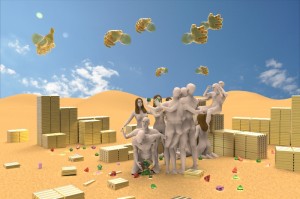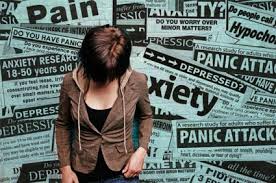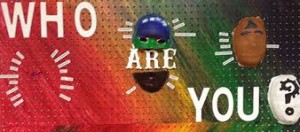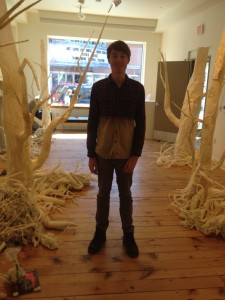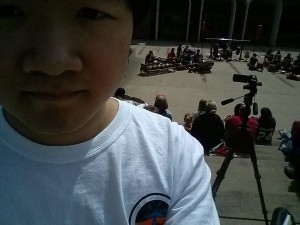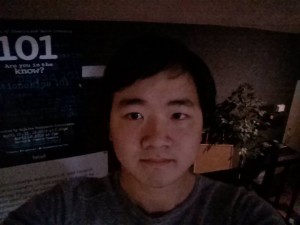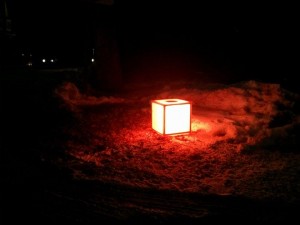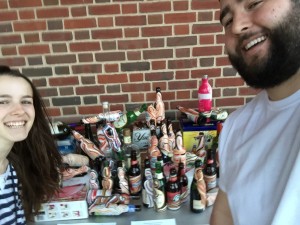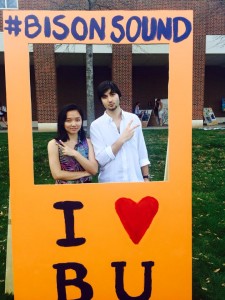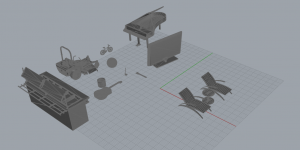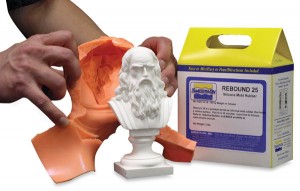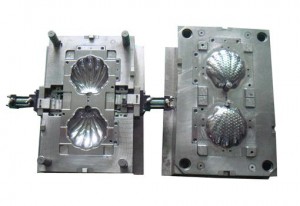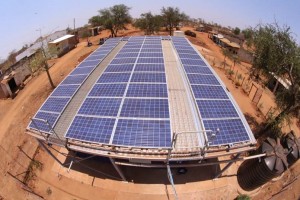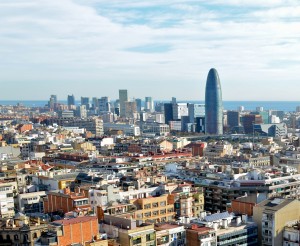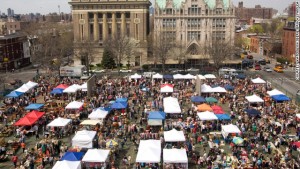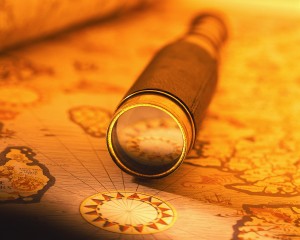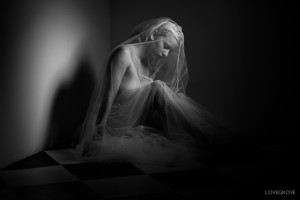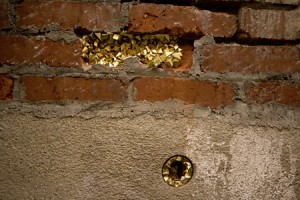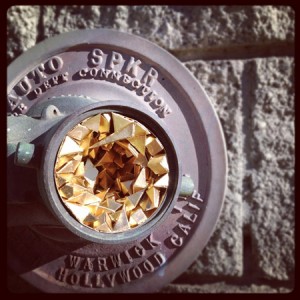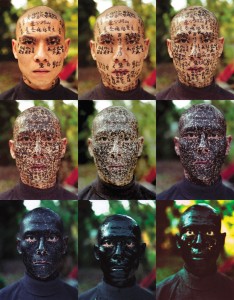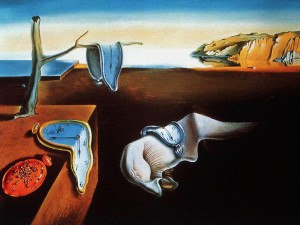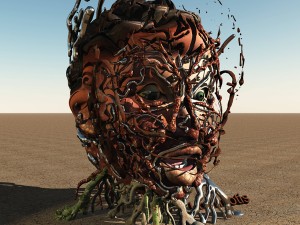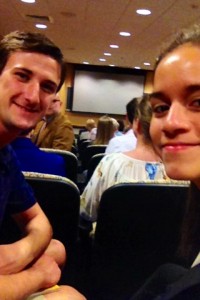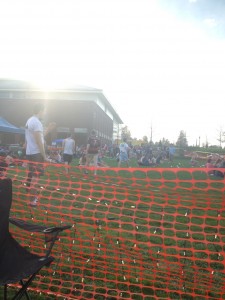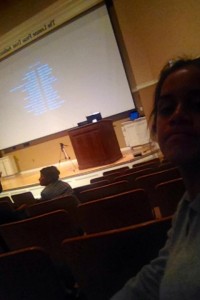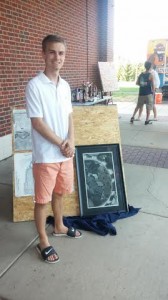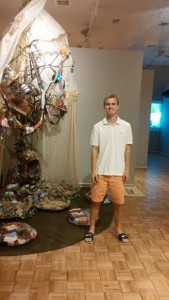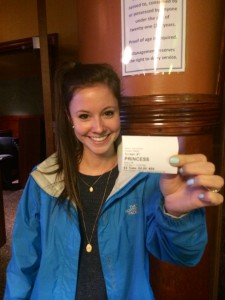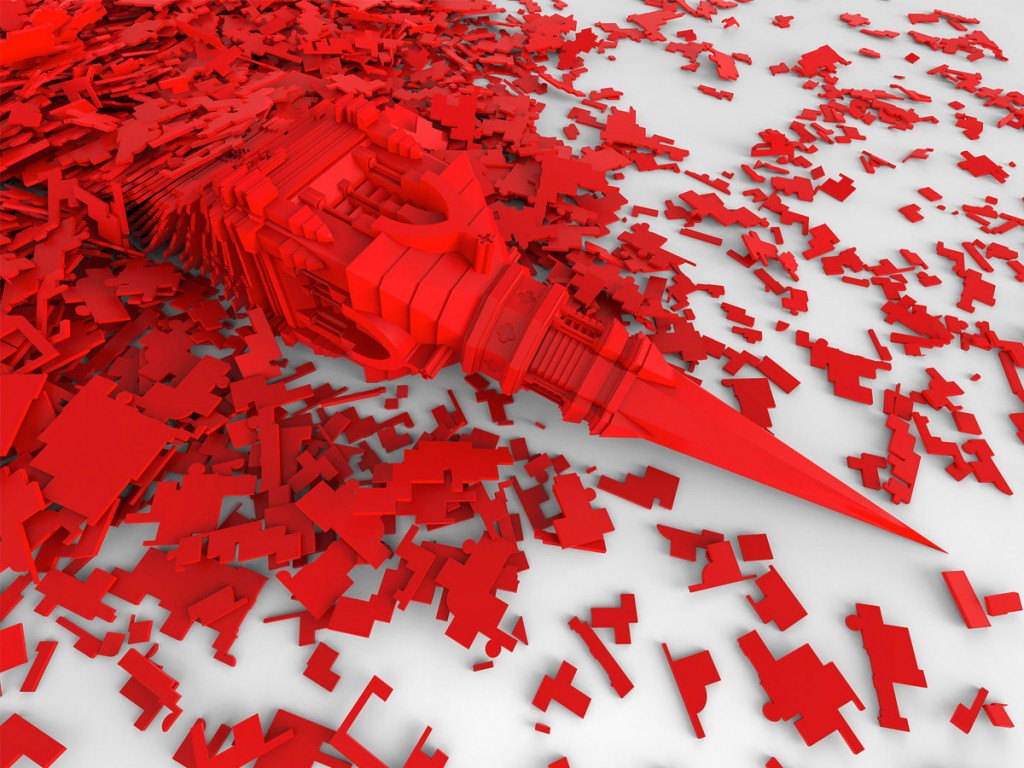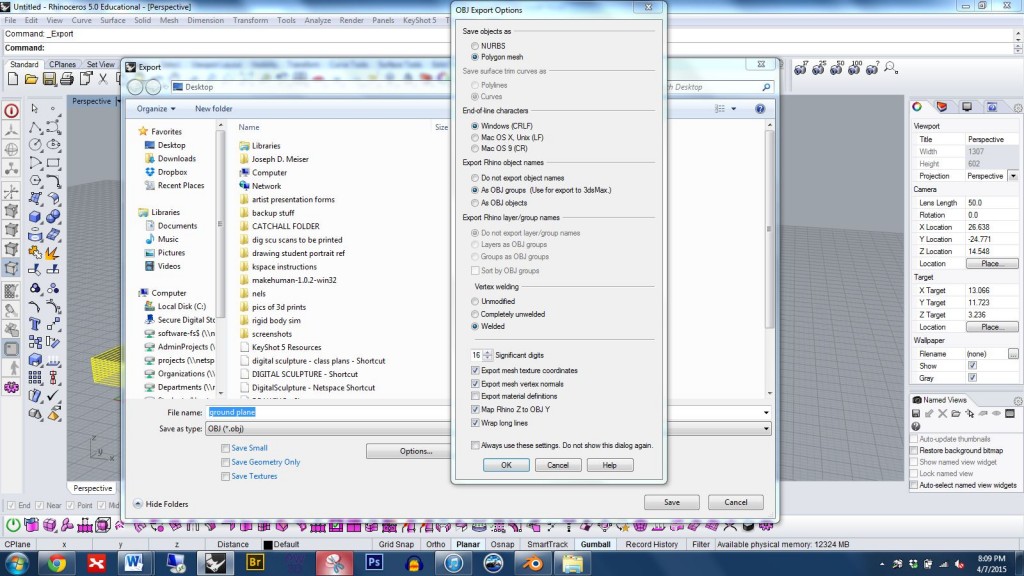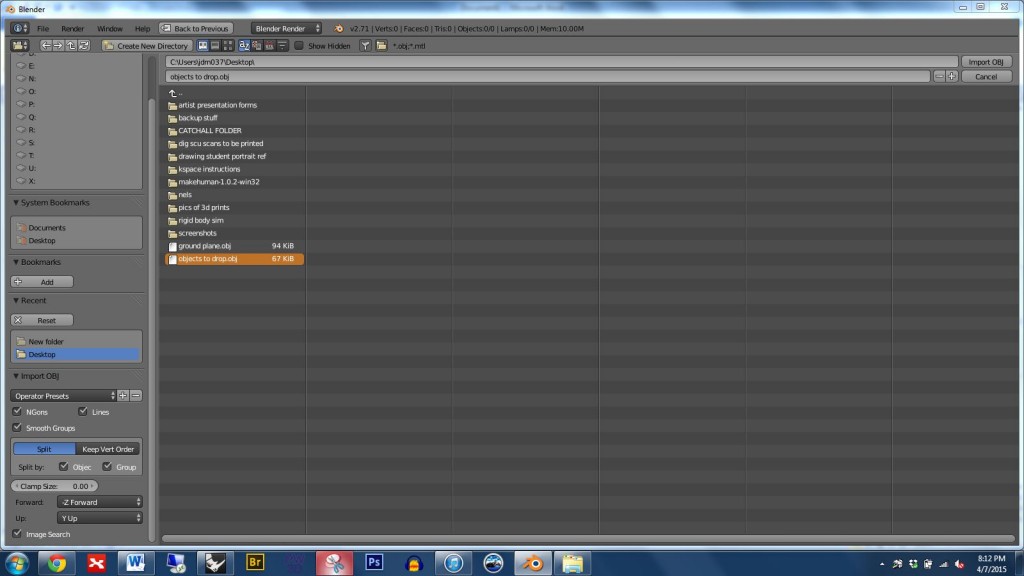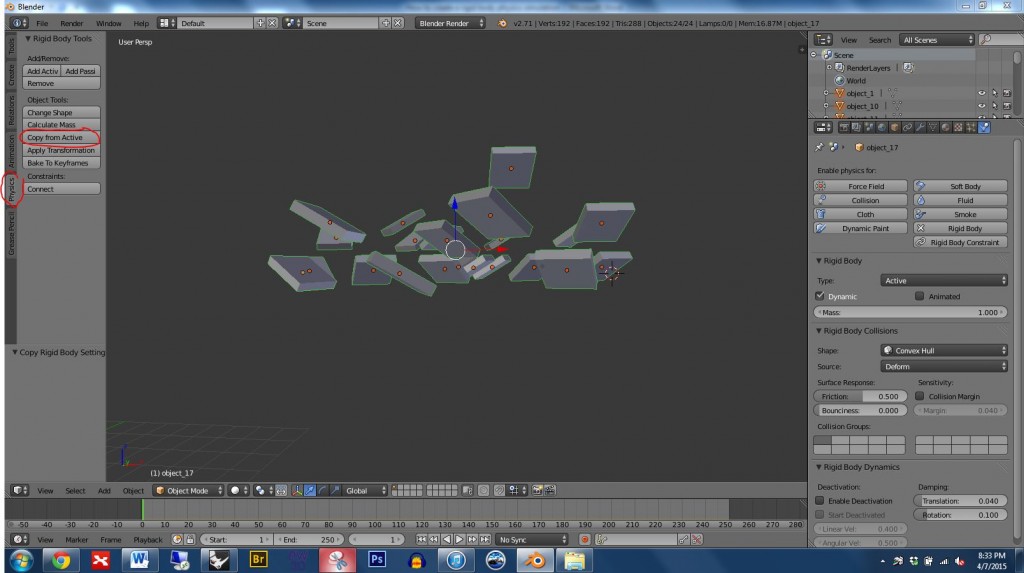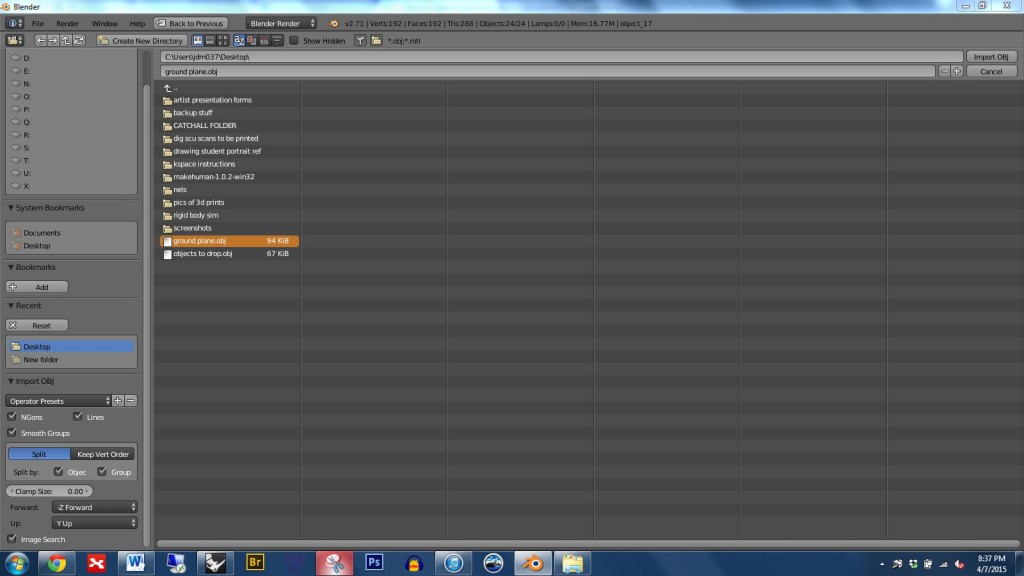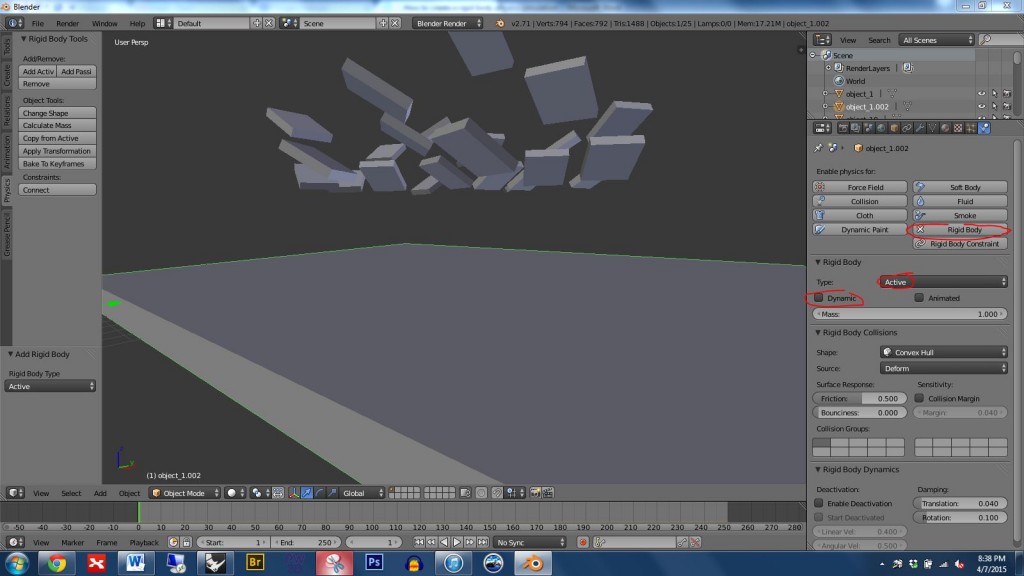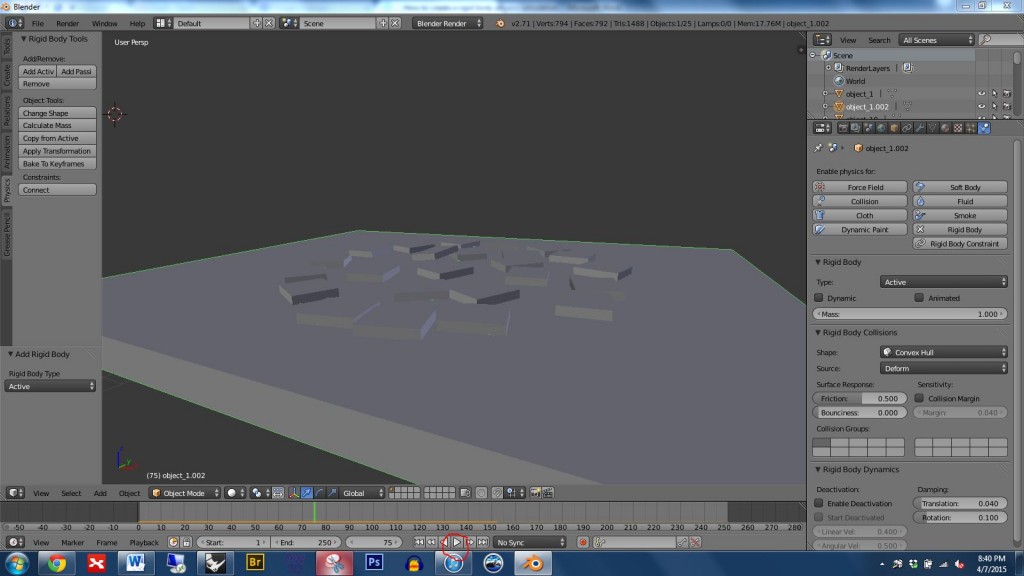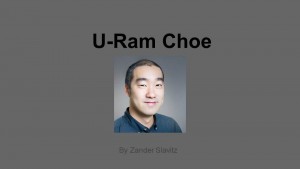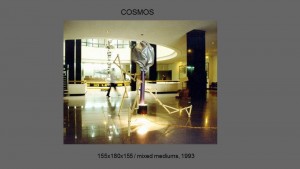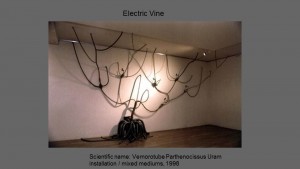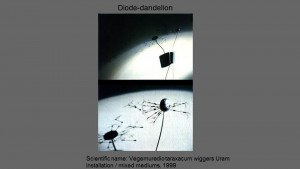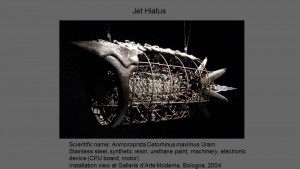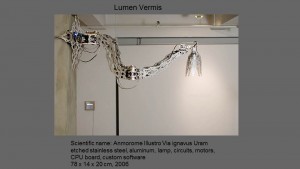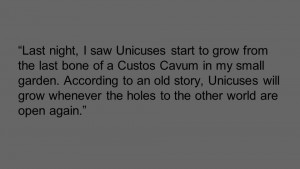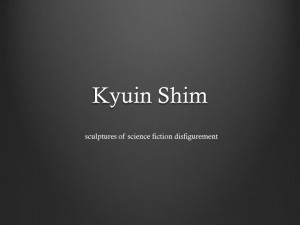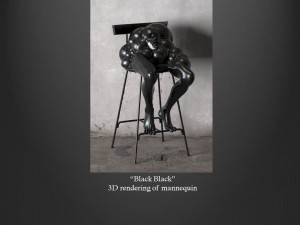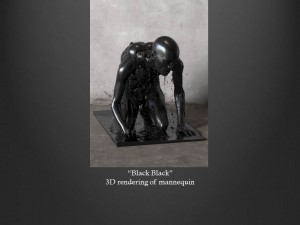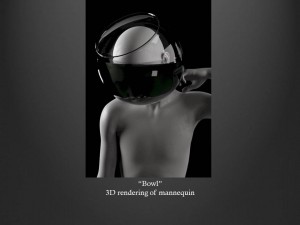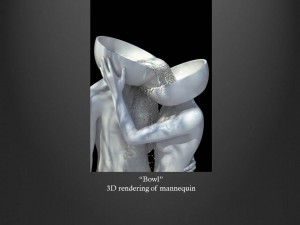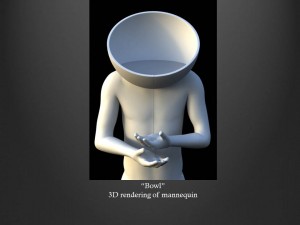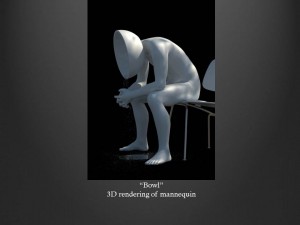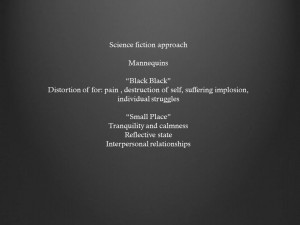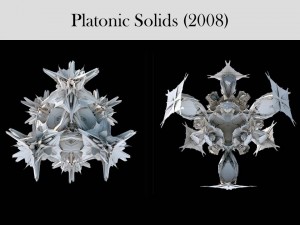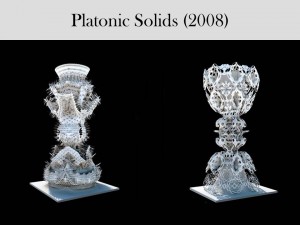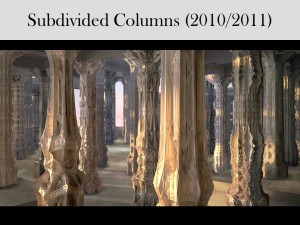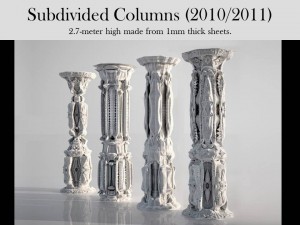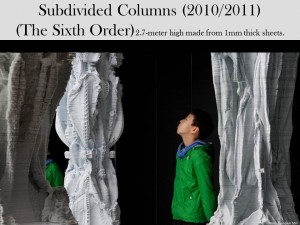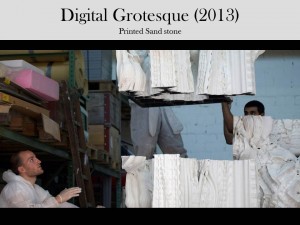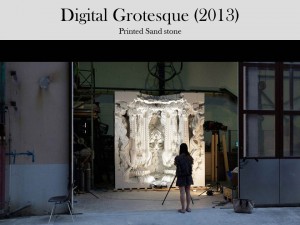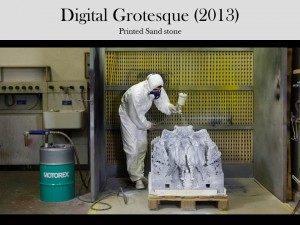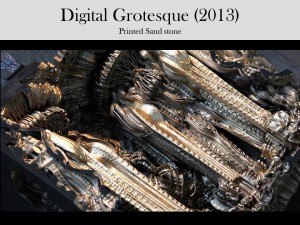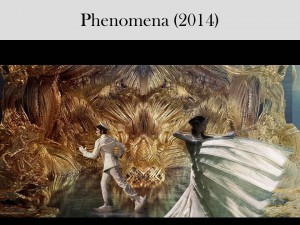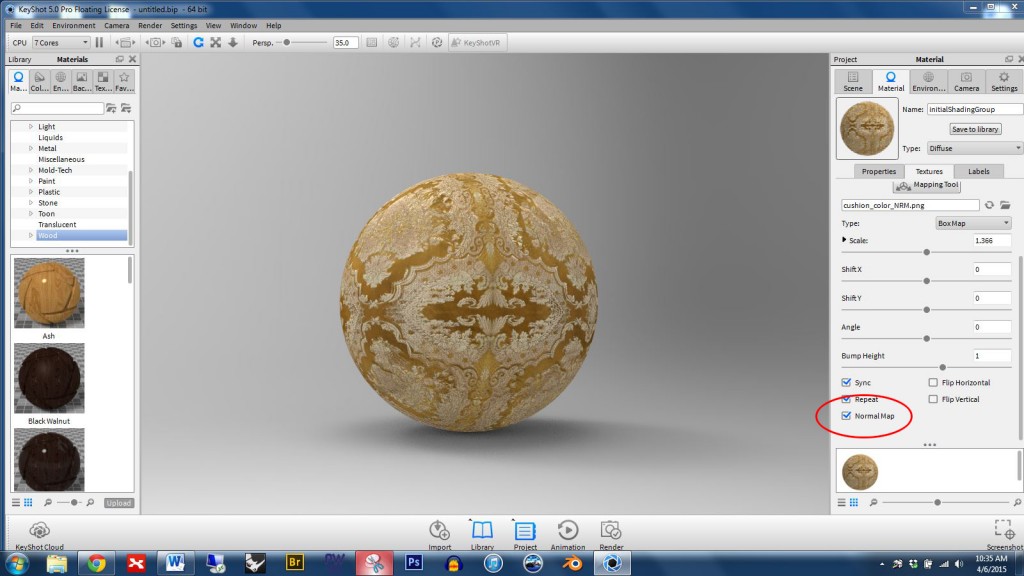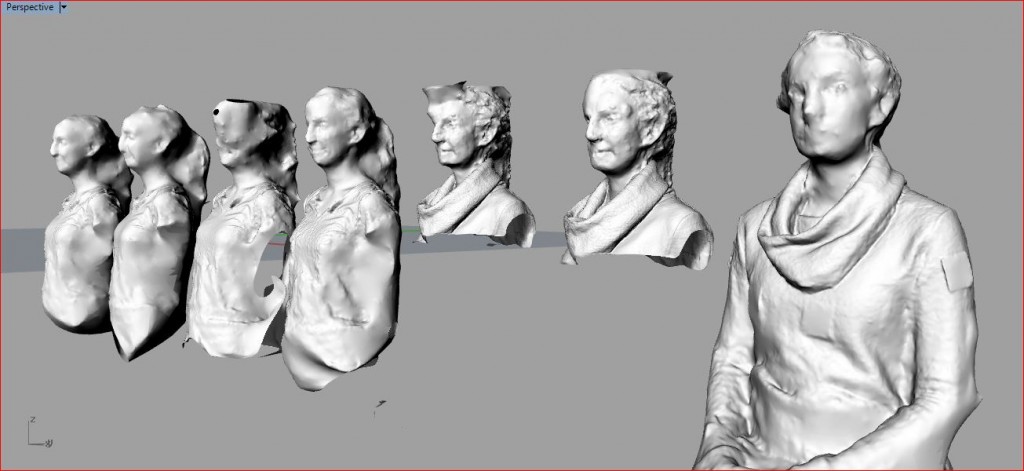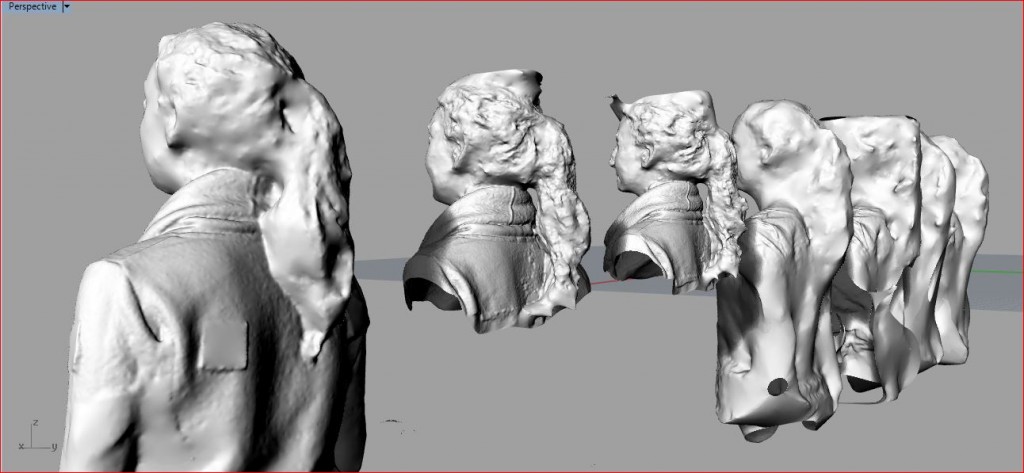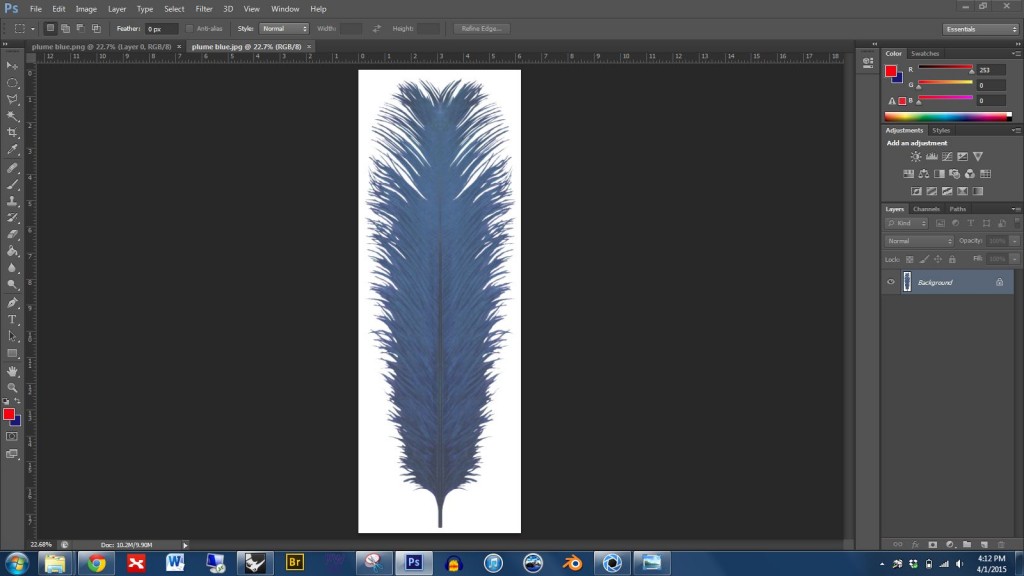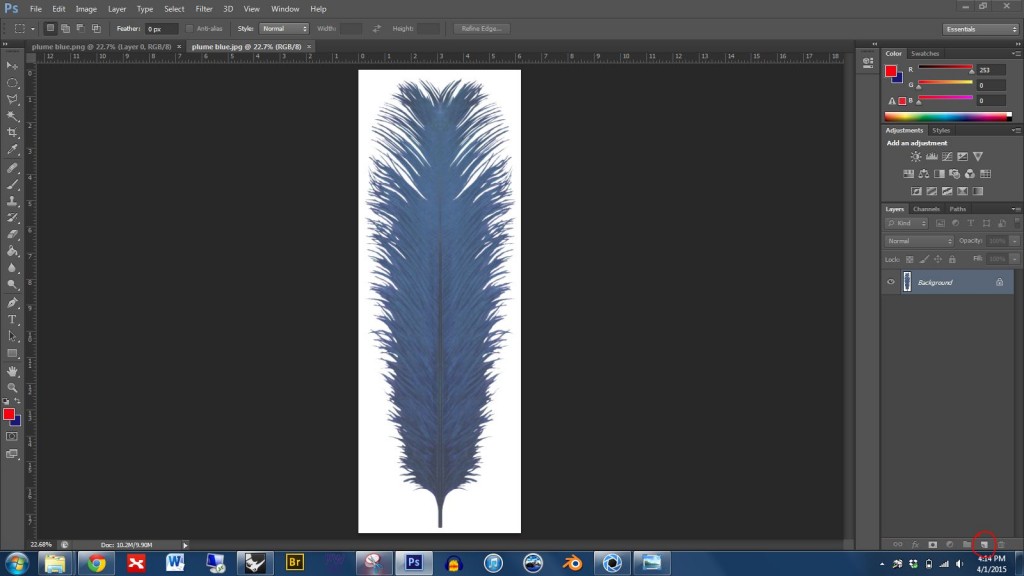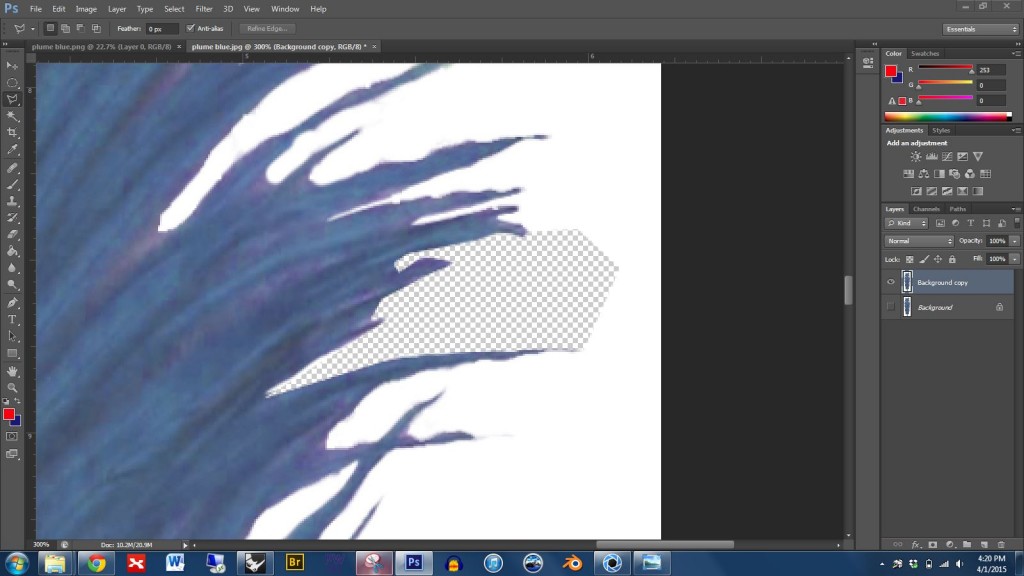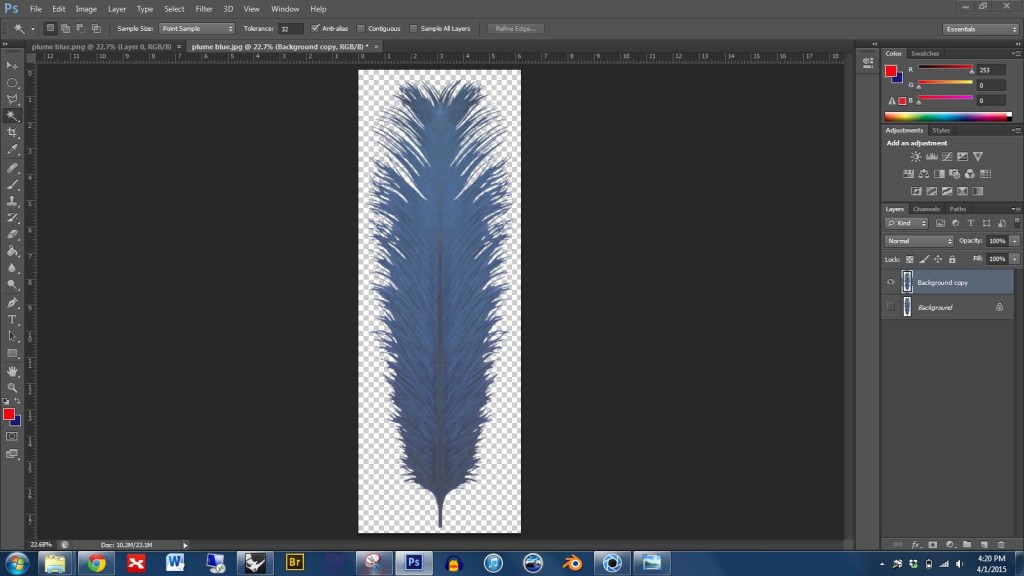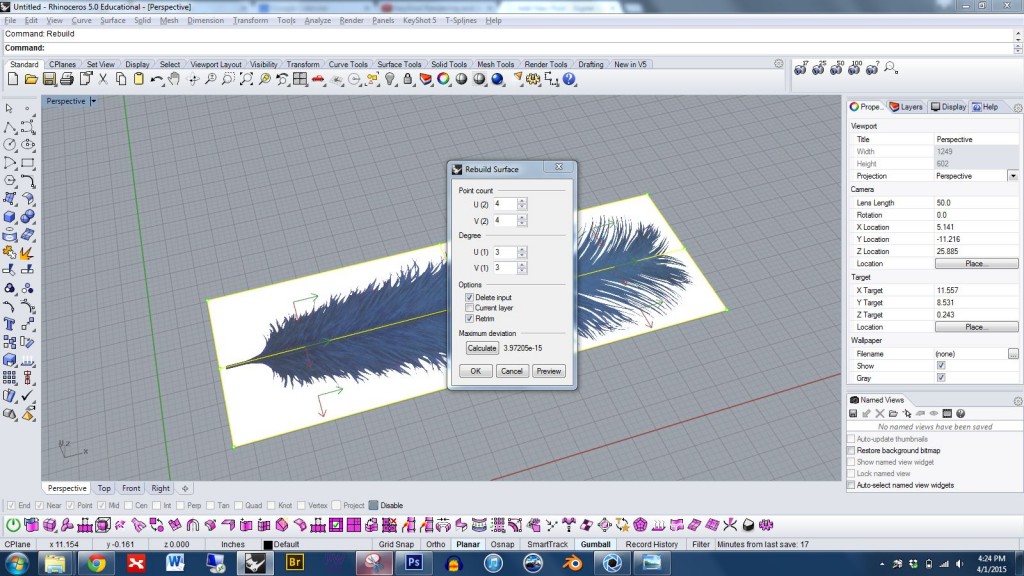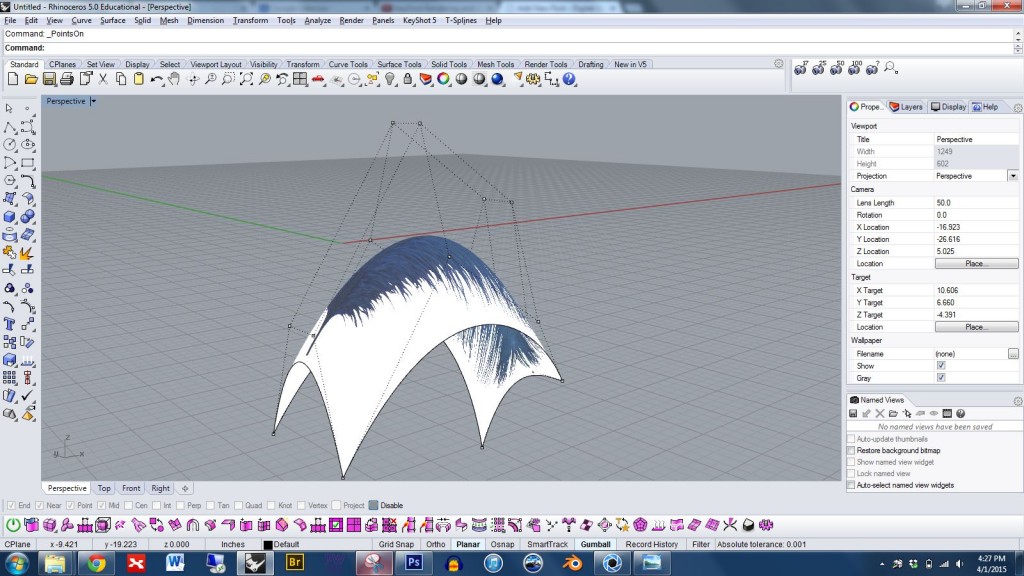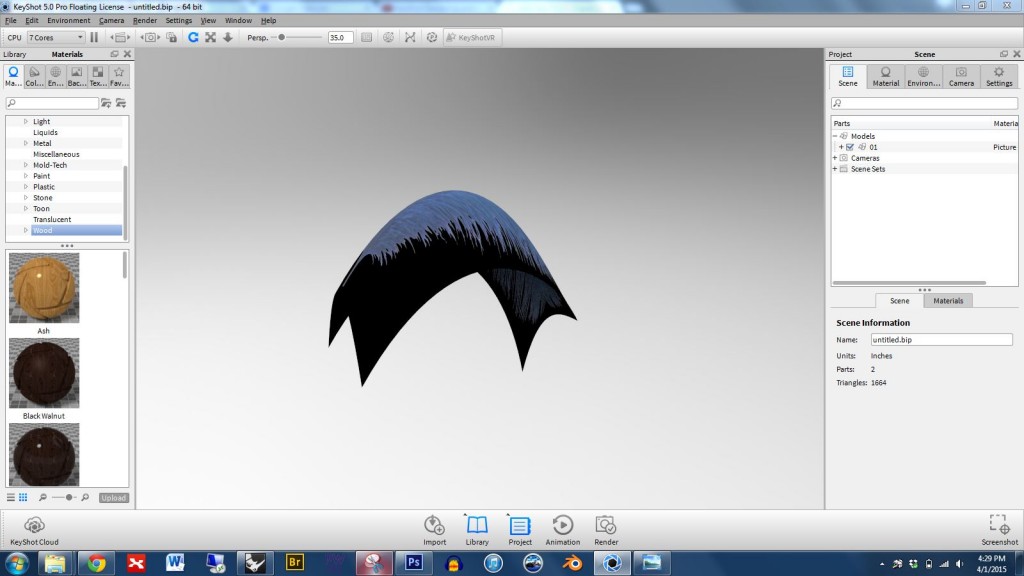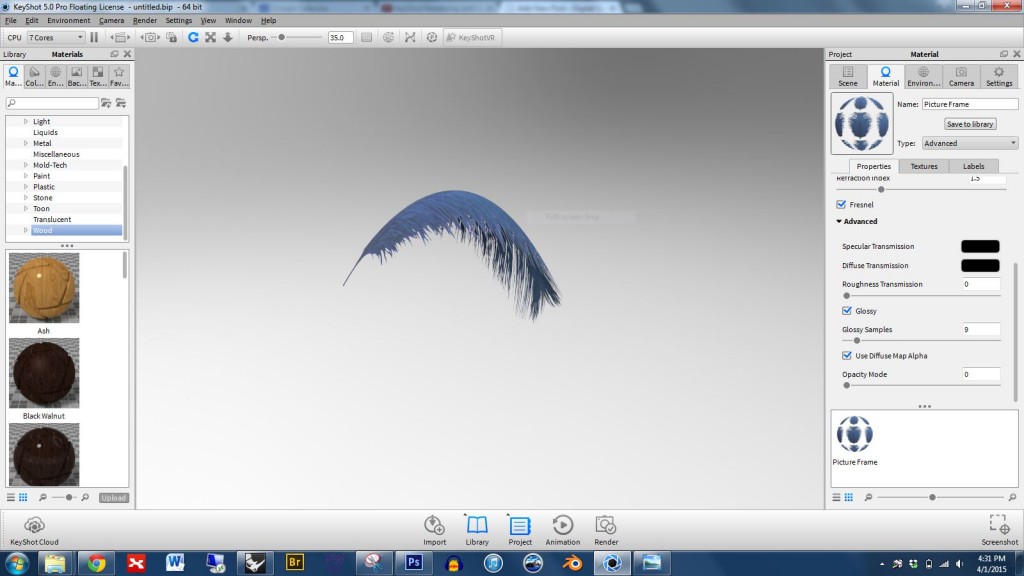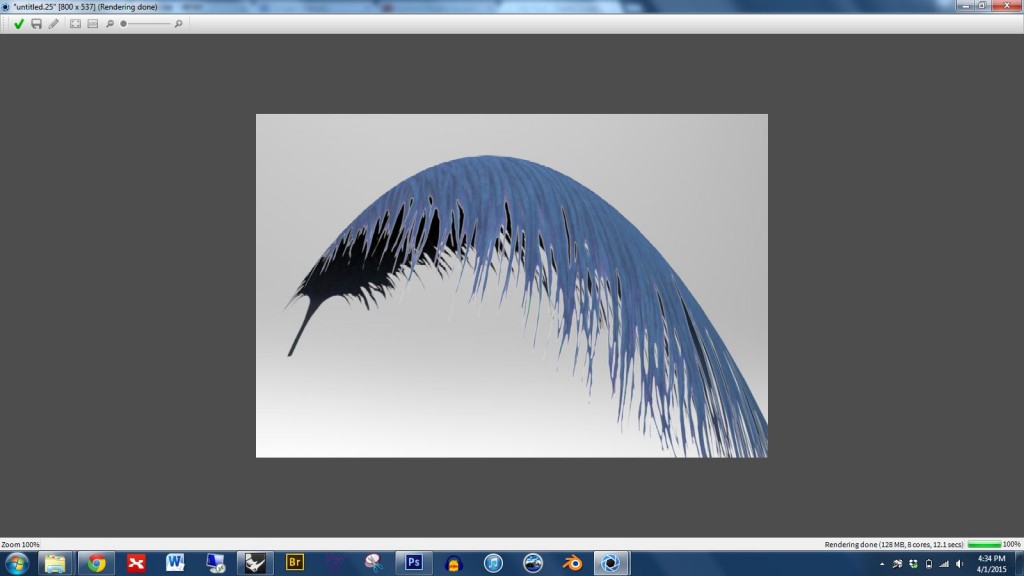Month: April 2015
Dunne Project 3 Research
What question/problem did you choose?
How do we make it through all of the challenges of life? Where does our strength come from?
Tell why you chose this topic and why it matters to you.
In my life I have struggled with a lot of different things. Sometimes it feels as if everything and everyone is trying to bring me down, including my own body. It is like I am constantly carrying around the weight of mental illness, physical illness and just general tragedies. Yet I know that still a lot of people have it worse off than me. I want to examine what is that keeps us going through the worst of times. Where does our strength come from?
Give some details on the problem/question—explain it in depth.
Everybody faces challenges in life. It is part of what makes life interesting. We carry around our successes and failures with us and hopefully learn from them. As many struggles as we face, people keep going until they eventually die. When we die, it is not only a release from all of our problems, but also a release from all of the good things that keep us going. Then some would say we are reborn, only to start the balancing act of life all over again. This is best summed up by the Buddhist philosophy of Samsara or the endless cycle of suffering. Of course, views on life/death and rebirth vary amongst cultures and people, but the ups and downs of life occur everywhere in the world. Everyone carries the past with them.
List out 10 tangible people/places/things that are associated with your question/problem.
artsXpose
Title of Event: 101 Theather show
Date & Time of Event: Friday April 11th 7:30-9:30pm
Location of Event: Harvey Power
Type of event: Play
ArtExpose 3 & 4
Title of Event: Respiration
Date & Time of Event: Saturday, April 23, 2015
Location of Event: Downtown Samek Art Gallery
Type of event: Sculpture exhibit
Title of Event: Bison Sound Festival
Date & Time of Event: Saturday April 18 4 pm
Location of Event: Sojka Lawn
Type of event: Music and Art Festival
Arts Xpose 3 & 4
ArtsXpose #4: Gamelan Concert
Art Expose #3 – 101 (Knowledge Project)
Greg & Heather – College Portrait
123d catch-Lily
** Conversation with Prof Meiser regarding the other three 3d printing trials were deleted- this version is representative of all three efforts
ArtsXpose
Progress – Stadel
- What question/problem did you choose?
I chose to ask if I would be able to sustain a business by utilizing only a 3D printer, a computer, and electricity to run it.
- Tell why you chose this topic and why it matters to you.
I chose this topic because I am interested in the emancipation from normal career paths. The benefits that a normal 3D printer provide are significant and could perhaps be sufficient to develop thorough prototypes which could then be communicated to injection molding or even in-house production of products.
- Give some details on the problem/question—explain it in depth.
I am currently developing a shot glass mold that could be sold to people and businesses. This mold is something that I have been able to manufacture through use of a 3D print which has then been filled with liquid silicon. This would be the final product for consumers. I want to learn more about other methods of creating molds by oneself with limited access to resources. It would be a unique capacity of the business already established to be able to sell to foreign locations by setting up booths with product to be purchased by consumers. It would be another way of advertising while I would be able to travel.
Current 3D printers are inexpensive and require only basic CAD programs to develop complex products to be printed. There are 3D printers sold as low as $300 but these often are wrought with problems or lack of accuracy to the original CAD file. There is a new 3D printer technology developed that utilizes UV light and photopolymer to create 3D prints. These prints are very accurate, however the cost of the 3D printer is around $3,500. The time for a 3D print varies by size and complexity but often runs are less than 10 hours, or almost the amount of time I would be sleeping. What is unique about the ability to make 3D print molds is that production can increase without having to wait the 10 hours. It would be an interesting idea to explore this as an actual means of sustaining a business that had a variable location.
Even small rural villages that had electricity that could be utilized over long periods of time would be sufficient to run a business entirely based off of 3D printing and casting molds. This flexibility is something I do not think has been adequately explored yet.
- List out 10 tangible people/places/things that are associated with your question/problem. • In your post, plea
- UV 3D printer
- Inexpensive Printrbot 3D printer
- Mold for making a letter for a shot glass mold
- Other in-house molds
- Injection mold
- Rural community with electricity
- Spain with electricity
- Markets to sell products abroad
- Advertisement
- Exploration
- Borrow a strategy
Artist: Norton Flavell
Title: Lucky Country Sculpture
I intend to borrow the juxtaposition between beautiful location with a non-intuitive object; in the case of the photo it is a ball attached to a chain that is lifted off the ground.
Project 3- Eric
What question/problem did you choose?
What is hell?
Tell why you chose this topic and why it matters to you.
When most people think of hell, any number of grotesque, horrifying images come to mind. Demons. Worms. Skeletons. Darkness. Flames. All things that contribute to an eternal sentence of unimaginable torture for those who reject God. But could a loving God really create such a place, let alone condemn his own creations to live there? This conundrum is one that may turn people away from Him, and even religion in general. To me, these commonly accepted depictions of hell seem outlandish and over-the-top.
Give some details on the problem/question—explain it in depth.
“The mind is its own place, and in itself can make a heaven of hell, a hell of heaven.”
-John Milton, Paradise Lost
I would like to create a project that explores what Hell really is, and perhaps, why it even exists in the first place. As a Catholic, the depictions of Hell as a place of physical torture makes little sense to me. From my understanding, Hell is less of a place, and more of a state. Without getting caught up in the physical images that are obviously meant to be figurative (after all, how can a place of utter darkness be covered in glowing flames?), I want to create a series of digital images that more accurately depict the state that Hell is meant to represent: one of immense loneliness and rejection, defined by the absence of God. I want to show the essence of Hell being relational, not physical. It is a “place” where its inhabitants lifetime of choosing to reject God’s love eventually come to the realization of what they have lost. I want to show the utter heartbreak, the lifelessness that comes with this eternal state of being. God has given us the dignity to live our lives how we want to, but if we constantly defy him, making ourselves the centers of our universe, than that is exactly how our souls will spend eternity in Hell.
List out 10 tangible people/places/things that are associated with your question/problem.
- Inferno
- Circles of Hell
- Pride
- Gluttony
- Lust
- Greed
- Throne
- Time Out Corner
- Island
- Desert
Fallen Angel by Damien Lovegrove
I would like to invoke a similar feeling of inner isolation as this photo depicts. The void is even more recognizable in that it is in black and white, which I might want to use in my project.
Project #3 – Andy Loeshelle
What question/problem did you choose?
Taken from Cornell’s Summer Session 2013: Create a structure that resides on a cliff and is a part of the cliff itself.
Why did you choose this topic and why does it matter to you?
I chose this as my topic because this was the first real architectural problem that I had when I was at Cornell and I wanted to readdress it with more skill and abilities. I can now use a program such as Rhino to actually place the structure in the intended environment. This was a huge challenge for me when I was at Cornell and took me about four weeks to complete, I want to see if I can finish it in much less time.
Give some details on the question/problem – explain it in depth.
The question, as outlined by Cornell, was to take a building and make it one with its site. While many people tried to just physically incorporate it into the space, I tried to place a deeper meaning on the question and make the building a reflection of nature and a way to view it harmoniously and reflectively.
List out 10 tangible places/people/things that are associated with your question/problem.
- Mountains
- Canyons
- Grand canyon
- Cultural sites – provide meaning and context
- Rock
- Viewing stations
- Tourists
- Shearing
- Fissures
- Striations
Influential artist: Taylor Smyth Architects
Artwork: Sunset Cabin
Attribution: I will use a version of the slats located on the windows to bring more significance to my work.
Project 3: Fashion paradox
What question/problem did you choose?
Fashion involves change, novelty and the context of time, place, and a wearer. In today’s world, there is an expected dress attire based on one’s environment. High fashion for example, now incorporates technology and scenes to re-evaluate the conventional methods of garment construction, by trying to push the boundaries of digital fabrication in this luxury market. There are dress codes based on one’s environment that are only ‘acceptable’ for that brief place, gender, or period of time.
Why did you choose this topic and why does it matter to you?
I chose this topic because I am fascinated in the relationship between the designed product and how it is distributed and consumed. This product is clothing and its unique existence in each era and the time of day/activity for each attire is an interesting phenomenon. Especially on our campus at Bucknell, there is an assumed dress code to each daily activity that has its time and place such as what one wears to the gym, what one might wear out on a Saturday evening. or even to class. Why we dress this way tells something about our identity, and yet there is an interesting paradox because it is also one of conformity. There is a duel tendency of conformity and individuality, as one of self-expression and yet at the same time from dressing similarly to others. Over the course of history, our attire and the specific dress codes have provided an identity as both an emblem of hierarchy and as an equalizer of appearance. I believe dress code includes expression of fundamental aspects of age, status, fashion interest and occupation; and when juxtaposed in an unexpected time period or space could create a powerful statement.
Give some details on the question/problem – explain it in depth.
This question of our cultural fashion trends that are reflective of a time and place and come with tremendous gender stereotypes. The critical gaze of the knowing observer shows how our appearance is something recognized, studied, and emulated. By looking back at our history of fashion, there have been significant differences in gender roles and fashionable appearances of men and women which have changed. These interpretations of male and female ideas are a visual and literary interpretation of the human body. For example, the male has been associated throughout dress of one with significant proportion, strength and nobility, whereas the female’s attire was typically more delicate, colorful, and more petite in size.
In my final project, I want to create a sense of movement, that these are all flowing scenes like that of a the fashion trends that trickle up and down through several historical influences. The flow of fashion trickles from one element of society to another, that either moves down depending on the hierarchical society and social mobility, or trickles up in movement that originated from lower-income groups and moved up towards couture. This flow however has a paradox in defining the ancient and contemporary by referencing the past and representing the present.
List out 10 tangible places/people/things that are associated with your question/problem.
1. Paris, France
2. 1920’s art deco
3. Geometric fashion objects/accessories (jewelry:Elsa Peretti)
4. Places of formal dress- ballrooms, courts, restaurants
5. Feminine: size, delicacy and color
6. Masculine:proportion, strength, nobility, grace
7. Unexpected spaces
8. Rococo period–>modern architecture
9. Preppy Handbook
10. Coco Chanel
Geode 6 & 7, Daily Dose DTLA
GEODE #2, 805 TRANSACTION AVE, ARTS DISTRICT
Artist: Paige Smith
Inspiration: Takes made geometries and hides them in obscure, natural spaces. There is an interesting juxtaposition in two elements that are typically not seen together. I am going to use this idea in my fashion scenes and construct scenes representaive of time period and fashion trends that are typically not expected with one another. Smith says in her artist statement “Geodes are formations made and found in nature and my process of using manmade materials and placing them in major cities concurrently signals the tension between nature and industry and celebrates the beauty of urban space. My work is infused with a magical realism that encourages us to pause, to discover, to be present and to find beauty in the mundane.”
Inspiration board:
Project 3 – Heather and Greg
What Question/Problem did you choose?
Why do humans primarily judge themselves on arbitrary numbers that provide no depth to how good of a person they are?
Why did we choose this topic and why does it matter to us?
We chose this topic because we felt that there are three distinct environments where we feel this question should be addressed: academics, athletics, and body image. This topic matters to us because of Heather’s battle with an eating disorder (body image), our history of playing sports throughout our lives (athletics), and our attendance at an academic institution whose members pride themselves on their high grades rather than their personality and community involvement.
Problem Details/Description
The academics and grades are numbers that students are judged by every day. People are considered smart for getting higher grades, but in reality, the smartest person doesn’t get the best grades, i.e. Albert Einstein or Bill Gates. In athletics, you are judged by your assists, goals, or hits rather than how well you do the tasks that are unquantifiable, like defense in baseball. You could lose your roster spot because you don’t have a lot of hits even though you are one of the best defenders on the team. With body image, a person is judged on their height and weight. Models have to be a certain height or weight in order to keep their jobs and individuals of all ages and gender are judged everyday by their peers based on their outward appearance rather than their personality.
Associated People/Places/Things
1. Teenage Girl
2. Scale
3. Dinner
4. Dining Room
5. Bathroom
6. Student
7. A Test
8. Classroom
9. Baseball Player
10. Scoreboard
11. Locker Room
Borrowed Strategy
Artist Name: Zhang Huan
Title: Family Tree
Attribute/Strategy Borrowed: In this pieces, the artist, Zhang Huan is written on and covered in names, stories, writing etc. until his entire body is covered in ink. In the end, he is no longer identifiable as himself and instead has been overwhelmed by names, numbers, etc. similarly to how humans in today’s society are often judged via numbers such as weight and their grades that actually say nothing about the individual as a whole.
Project 3 Questions/Artwork
What question/problem did you choose?
On a planet that is 72% water, and the advancements in water purification systems, why is California struggling to maintain a sustainable water supply?
Why did you choose this topic and why does it matter to you?
I chose this topic because I have been hearing from friends whose families are greatly affected by the water shortage in California. Also, this is an extremely serious issue that many people who are not affected by droughts do not understand. As a way of spreading awareness of this problem, I will seek to make my own interpretation of the issue.
Give some details on the question/problem – explain it in depth.
This issue is of dire concern not only to the humans living in the drought areas, but also the abundance of wildlife and surrounding environments. As a result, I am extremely interested in understanding the cause of this problem and finding a solution to this dangerous problem. Furthermore, in my final project, I want to depict a scene of the San Francisco Bay area and show the effects drought can have on it through over-dramatization. In order to depict this scene, I will incorporate the style of Salvador Dali and his use of melting to show the affects of the drought on California.
List out 10 tangible places/people/things that are associated with your question/problem.
- San Francisco, CA
- Golden Gate Bridge
- San Francisco Bay
- Tributaries
- Drought
- City Scape
- Melting
- Dried up Lake
- Cracked earth
- Rivers
Influential artist: Salvador Dali
Artwork: The Persistence of Memory
Attribution: I chose this piece to draw ideas from for my project because of the way the clocks are melting, just as the people in the California drought are melting from the heat, causing the shortage in fresh water supply.
ArtsXPose #4 – Andy Loeshelle
Title of Event: Bryan Wills’ Senior Recital
Date and time of event: Friday, 17 April 2015, at 7:30pm
Location of Event: Natalie Davis Rooke Recital Hall in the Sigrid Weis Music Building
Type of Event: Musical Performance
1.) Provide a brief detail-oriented technical description or summary of the event you attended. (This section should remain journalistic and should not be reflective of your opinion.)
This concert featured baritone singer Bryan Wills. He sang twelve songs for his concert, including many that were not in English. He did three songs in English, one song in French, four songs in Italian, and four songs in German. Following the recital was a reception where I spoke with Bryan about his performance and the differences between performance routines for singers and instrumental musicians.
2.) Use the section below to write a well-structured paragraph focusing on your personal criticalinsight / response to the event. How did you interpret or react to what was presented to you?
I found his performance to be incredibly interesting. However, I would have liked some background on each of the pieces before I listened to them. While the program did have translations for most of the songs, I was surprised that he didn’t stop between pieces to explain his next works. Upon asking him about this, he said that the music department is highly critical of performers actually speaking to the audience, and he was therefore not allowed to interact with them. Bryan has been a friend of mine for a long time and I haven’t heard him sing since Freshman year. It was amazing to hear how much his voice had changed and developed.
3.) What information, ideas, images, etc. most impressed you and why?
The thing that I found the most impressive was his ability to do such a long program and switch effortlessly between languages. The different pronunciations and syllabic nuances of each language would have given me a headache if I were a singer.
4.) Overall, how would you rate this event (10 being the most worthwhile)?
(10 / 9 / 8 / 7 / 6 / 5 / 4 / 3 / 2 / 1 )
9.5
5.) Justify your rating in the question above:
I thought that Bryan’s singing ability was unbelievable. However, his accompanist made a few mistakes that I was able to pick up on – such as entering in early and forcing Bryan to come in late for his entrance, forcing him to start in the middle of a passage. To clarify, I would give Bryan a 10 and the accompanist an 8.5.
Project #3 Strategy – Stadel
Title: No Title
Artist: Dimitrios Loumiotis
Attribute: I really like how the head is broken up into different parts; I want to take this idea and focus on a head/body that is made up of all the obligations someone has during a day, and have obligations that take up more time take up more of the body and vice versa.
Project #3 Question – Stadel
What question/problem did you choose?
How do people balance the pull of all obligations they have in one day?
Tell why you chose this topic and why it matters to you.
As the semester comes to a close, I have a lot of obligations that need met every day. All of these activities require my investment of time, which is limited. It will be fun to examine how I balance all parts of my life and how each thing takes my attention at different parts of the day. This would allow me to take a macro look at what I am doing in my last couple weeks and analyse what it means to me. The list below in an insight into everything I have going on in my day. It shows that time management plays a huge part of my life, so it matters to me a lot.
Give some details on the problem/question—explain it in depth.
Each day comes with a new list of things to do and complete. For some people, they only have one thing to worry about, such as work. For other people, they are involved in work, classes, clubs, social scenes, etc. All of these various obligations require some extent of time each day. However, a day is limited to 24 hours. I want to delve into a person thinking, most likely myself, about all of their various commitments and how each one of them pulls your attention throughout the day. I may also want to look into how long someone focuses on each different activity and find a way to show that in my next project.
List out 10 tangible people/places/things that are associated with your question/problem.
1. Work obligations
2. Social groups
3. Clubs on campus
4. Sports teams
5. Greek life
6. Volunteering time
7. Family life
8. College classes
9. Relationship commitments
10. Time to yourself
In your post, please include an image for each of the 10 people/places/things that you listed above.
ArtsXpose – 4 Stadel
ArtsXpose 3 – Stadel
The scannings Pt2
The Cup Turned out to be really well where as the trial rendering an image about myself was a failure.
Project 2- Growing Old Together – Eric
Thanks to the rise of popular smart phone apps like Tinder, Hinge, and Friendsy, online dating has become more and more common over the last few years. Of course, there is still a stigma associated with these apps, a slight sense of shame in the presumption that one couldn’t just go out and meet someone in the real world. However, in the post-human era, this stigma will dissolve, as online dating will reveal itself as a much more efficient way of finding the ideal mate, through advanced search engines and match-making algorithms. Further still, technology is developing to the point where entire sexual relationships can theoretically be maintained without ever meeting, replaced instead by a combination of customizable bots, remote controlled pleasure giving devices called teledildonics, and virtual sex simulators using Haptic technology. For now, those with a preference for this sort of relationship are stigmatized as being “Internet-Sexual”, but perhaps we are not far off from a point where growing old with a synthetically-built significant other will not be uncommon.
ArstXPose #3 – Heather and Greg
Title of Event: Annual Burmese Cultural Dinner
Date & Time of Event: March 28th, 6 pm
Location of Event: Larison Dining Hall
Type of Event: An event held by the Burmese Cultural Organization at Bucknell. We enjoyed Southeast Asian cuisine along with song, dance, and fashion performances.
Lily Robinson
I used a rigid body physics simulation to create the dropped blocks in the image below. This project is a part of my “Liminal Construct” series.
To get started, open Rhino, and by clicking the buttons circled in the image below, open the mesh panel and create a mesh box. This will serve as the ground plane for the collision. (Using a mesh box rather than a NURBS box converted to a mesh will give more vertices and yield better results.)

Create and position the objects you wish to drop. It is fine for these to be NURBS objects. We’ll mesh them when we export.
Export just the ground plane as an OBJ. Use the settings shown below.
Export just the objects to drop as an OBJ. Use the settings shown below.
Open blender and delete the box, camera, and light.
Import your objects to drop. Be sure to use the same settings shown in the lower left of the image below. If your objects appear off center you can zoom-selected by selecting some of the parts and pressing the . key in the keyboard’s numberpad.
Press B and use the lasso to select all of the parts you want to drop. Then reset object origins by pressing Shift Ctrl Alt and C at the same time, then choose “set origin to geometry”. Notice that a small orange dot appears on each part. *Note: if your objects seem to be joined together in a problematic way you can press P to unjoin them.
Select one of your drop parts, open the physics panel, and click on rigid body. Set it to be an active AND dynamic object.
Now we will copy the settings from the first part to the others. Do this with the following steps: 1) Select all object that you wish to copy the physics properties to 2) Select the object you wish to copy the physics properties from (note: we select this one last so that it becomes the active selected object. This is the object that has the desired physics properties.) 3) Then in the left Physics panel under Object Tools choose Copy From Active.
Import the ground plane using the settings shown below.
Select the ground plane, go to the right physics panel, click on rigid body, and set the ground plane to by active but NOT dynamic.
Press the play button shown in the image below to start the simulation. The parts should drop and land on the ground plane. If not, look back over the previous instructions and see if you missed something.
To create a more dramatic result I have copied and pasted the drop parts to create many more. When you are satisfied with the result, scroll the timeline to the moment you want to keep…
Then export as OBJ using the settings shown in the image below.
In Rhino, import using the settings shown below.
The finished result is shown below.
Additional resources:
Andy Loeshelle – ArtsXpose #3
Title of Event: Visit to the Frick Museum
Date and time of event: Sunday, April 5th, 2015
Location of Event: Frick Museum, New York City
Type of Event: Visit to the Frick – viewing of permanent collection and new Don Quixote special exhibit
1.) Provide a brief detail-oriented technical description or summary of the event you attended. (This section should remain journalistic and should not be reflective of your opinion.)
The Don Quixote exhibit features several tapestries featuring the hero of the Cervantes books. Also, there is a collection of woodcuts and etchings that show the hero and explain the influences behind the creation of the tapestries. Each work had a description of what was featured and where the depiction came from in the Don Quixote storyline.
2.) Use the section below to write a well-structured paragraph focusing on your personal criticalinsight / response to the event. How did you interpret or react to what was presented to you?
This exhibit was interesting to say the least. However, it lacked what was supposedly the featured element. There were only five tapestries that were featured and the vast majority were etchings and woodcuts. While some of the tapestries were visually beautiful and quite colorful, they lacked real technique. They were merely depictions / reproductions of the surrounding woodcuts and etchings. Other than this exhibit, though, I enjoyed the rest of the museum. I have been to the Frick several times and regularly go to see the paintings of Turner, Constable, and the famous works such as the painting of George Washington, which is perhaps the best known work depicting the President.
3.) What information, ideas, images, etc. most impressed you and why?
Frankly, I was left unimpressed with the Don Quixote tapestries. However, I am still baffled with the beauty of the Turners. Turner has been my favorite artist for a very long time and his works always fill me with a sense of wonderment.
4.) Overall, how would you rate this event (10 being the most worthwhile)?
(10 / 9 / 8 / 7 / 6 / 5 / 4 / 3 / 2 / 1 )
Eight
5.) Justify your rating in the question above:
I had originally gone for the special collection, which I feel really let me down. However, the etchings that were shown next to the tapestries were quite beautiful. Also, the rest of the museum, as always, was wonderful.
U-ram Choe – Artist Presentation
Eyal Gever- Lily Robinson
Richard Dupont by Stadel
Michael Hansmeyer -Erim
Simon Williamson – J1
J1 – Beautifully designed necklace by Simon Williamson. You can see his full project at:
https://www.behance.net/gallery/24918679/J1
More of his work at:
https://www.behance.net/Row0
Crazybump can give you five types of texture files: color, displacement, normal, occlusion, and specular (shown below for the cushion part); however, of these, we can only use COLOR, NORMAL, and SPECULAR files in Keyshot

To get started in Keyshot double click on the part you want to apply the material to, go to the texture panel, and click the COLOR box, then select your COLOR file (see below)
Next, click the BUMP box and select your NORMAL file (see below)
Scroll down in the texture panel and click the NORMAL MAP box — otherwise Keyshot will treat the file like a bump map and give poor results. (See the box circled in red below) Also note that you want the SYNC box to be checked. For your texture maps to line up properly it is important for SYNC to be turned on.
If you want to use a SPECULAR map to selectively adjust the reflectivity of your part you may need to change the material TYPE to ADVANCED (See the box circled in red below)
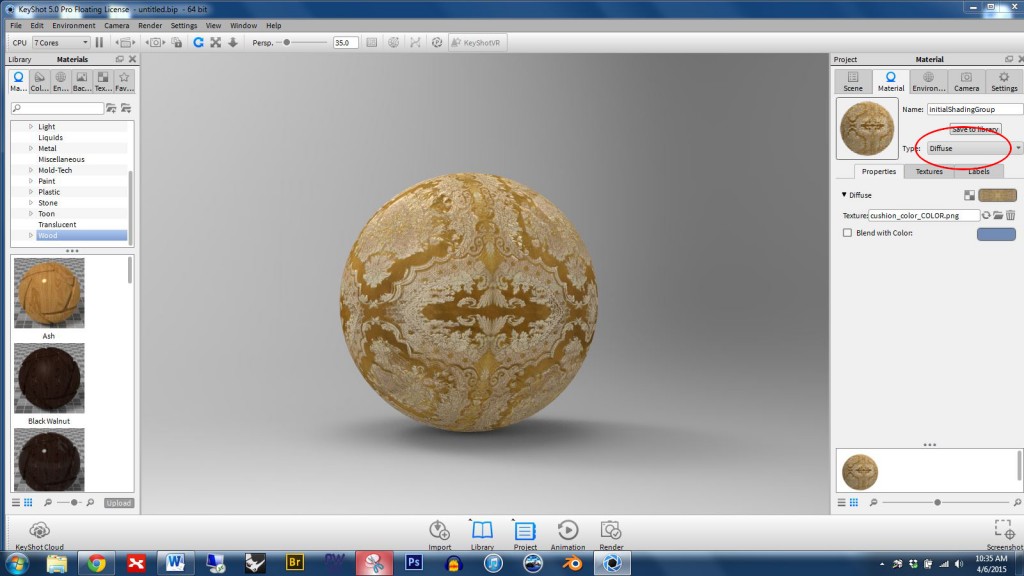
Click the SPECULAR box and select your specular file as shown below

123D catch examples
Artist Presentation – Heather
Artist Presentation – Greg
Step 1: Open an image in Photoshop.
Step 2: In the layer pane, drag the background layer down to the new layer button and release (the new layer button is circled in red below). This will give you a background copy. Then hide the background.
Step 3: Erase parts of the image using the magic wand tool, the polygonal lasso tool, or the eraser.
Note:
- zoom in with control +
- zoom out with control –
- while zoomed in, if you push the space bar a little hand will appear that will allow you to move around
- press control d to deselect
Step 4: When you’re finished deleting unwanted parts of the image you’ll want to save your file as a PNG.
Step 5: Now you need to set up the custom texture mapping. My favorite way to do this (when working with simple planes) is to pictureframe the PNG file in Rhino, then rebuild the plane (add more control points and change degree)… this will build in the UV mapping from the start.
Step 6: Distort the plane as needed.
Step 7: Open Keyshot and import the Rhino file. When first imported you’ll see that the blank areas are black.
Step 8: Right click on the part and click to edit the material. In the material properties, in the advanced panel, find the box for “use diffuse map alpha” and click it. The blank pixels will disappear.
Step 9: Notice that there is a white outline around the feather (see below)
Step 10: We can minimize the outline by editing the material properties. You’ll want to choose to “blend with color” and then use the eye dropper to grab the color of your object, in this case a light blue.
Note: If your geometry is more complex and you’re not able to pictureframe your image then you’ll need to learn how to unwrap and use the UV editor. Check out the section on “Learning how to use UV coordinate mapping when necessary for complex forms” in this tutorial: http://digitalsculpture.blogs.bucknell.edu/creating-custom-materials/
Video tutorials:
Lesson 1: Animation Overview
Lesson 2: Understanding the timeline
Lesson 3: Part animations
Lesson 4: Camera animations
Lesson 5: Copy, paste, and link animations
Lesson 6: Rendering preview
Lesson 7: Final output
Professor’s suggestions on creating animations in Keyshot:
- Start simple. Before trying to animate your project I encourage you to set up a few primitives in a Keyshot scene, create a simple animation, and render the result at a small scale (e.g. 50 by 50 pixels). This will help you understand the workflow more quickly with minimal processor lag.
- Expect the render of animation projects to take a looooonnnnngggg time. Get an early start and consider using multiple computers. When you’re setting up the render output options be sure to check the box that allows for frames output. This will save the individual frames as JPEGS. By doing so you’ll be able to render on multiple computers simultaneously. For example, you could render frames 1-30 on one computer, 31-60 on another computer, 61-90 on another. Then, after all of the renders are complete you can use a program like IMovie or Final Cut to put the JPEGS together into a quicktime video.
- Upload your final result to YouTube. This is a very user-friendly way to share your work.
Examples of animations made in Keyshot:
https://www.youtube.com/watch?v=CyFXYjqmwuU
